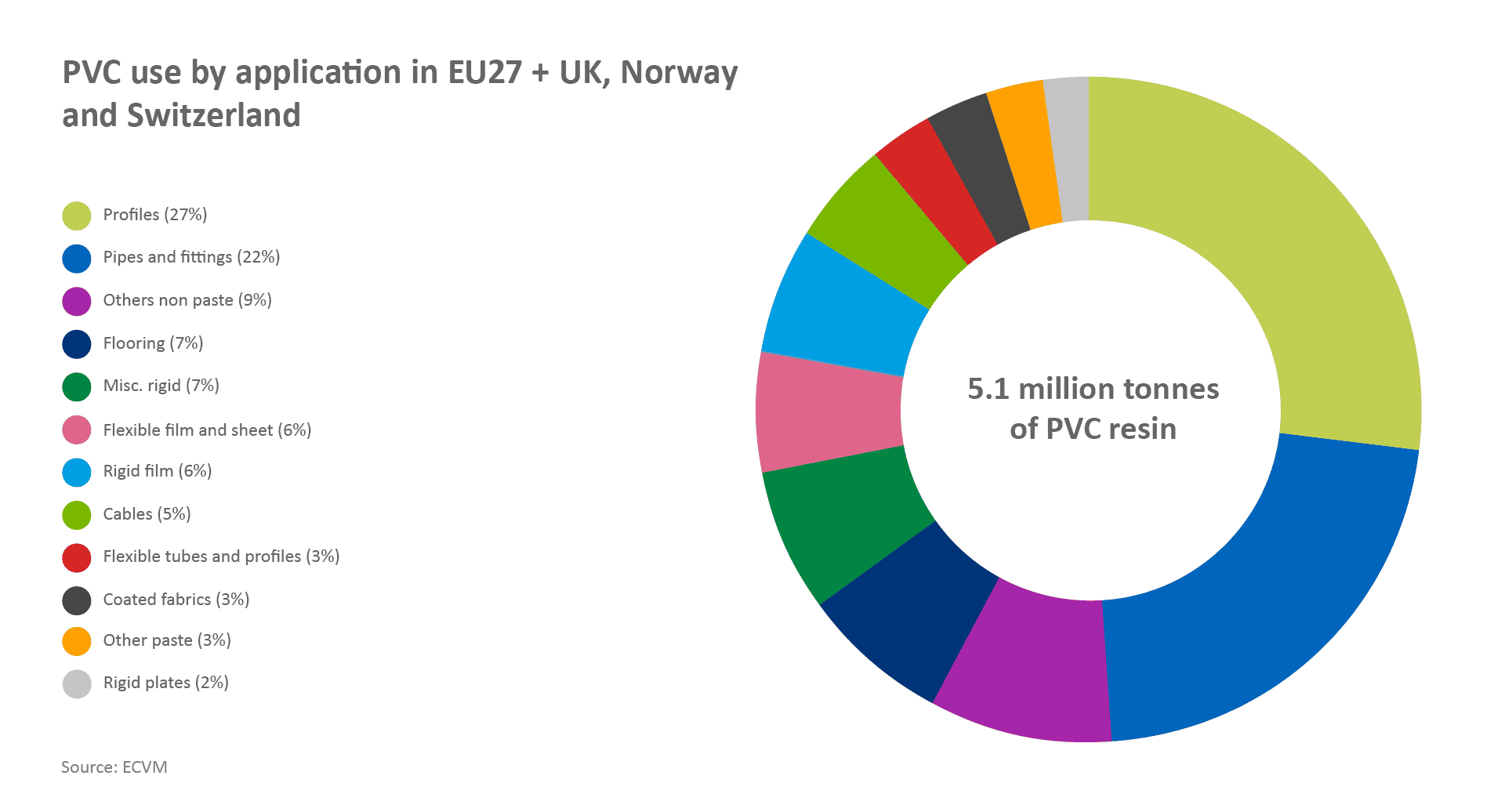PVC applications
How is PVC used?
Polyvinyl chloride (PVC) is one of the most used plastics in the world. Global use of polyvinyl chloride resin exceeds 40 million tonnes per year, and the demand is growing. Globally, PVC use grows by an average of 3% per year, with higher growth rates in developing countries.
In the EU-27 + UK, Norway and Switzerland, about 6.5 million tonnes of PVC products are manufactured every year. Annual European consumption of PVC resin totals 5.1 million tonnes - 10% of all plastics used in Europe.
Due to its exceptional versatility, PVC is found in an endless array of products that, in one way or another, enhance our daily lives.
What is PVC used for?
The diversity of PVC applications challenges the imagination. In everyday life, they are all around us: construction profiles, medical devices, roofing membranes, credit cards, children’s toys, and pipes for water and gas. Few other materials are as versatile or able to fulfil such demanding specifications. In this way, PVC fosters creativity and innovation, making new possibilities available every day.
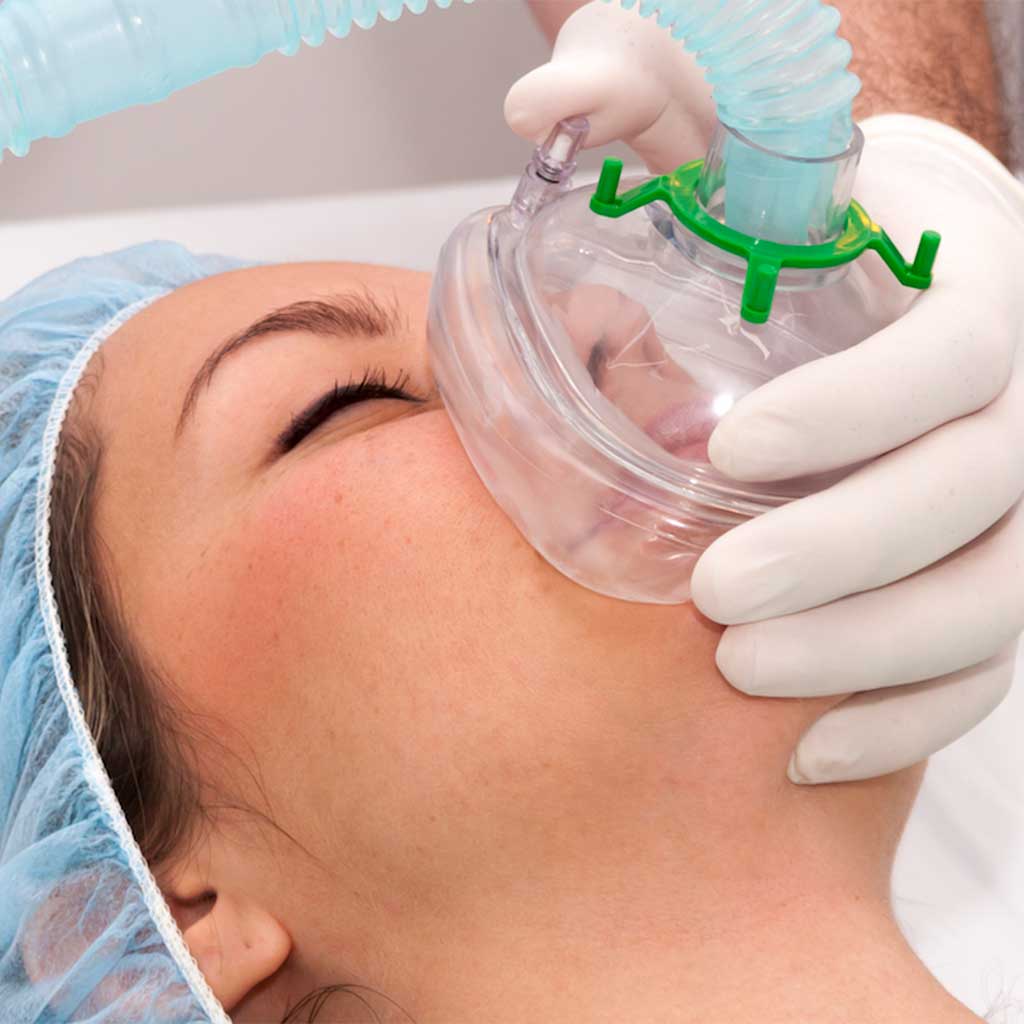
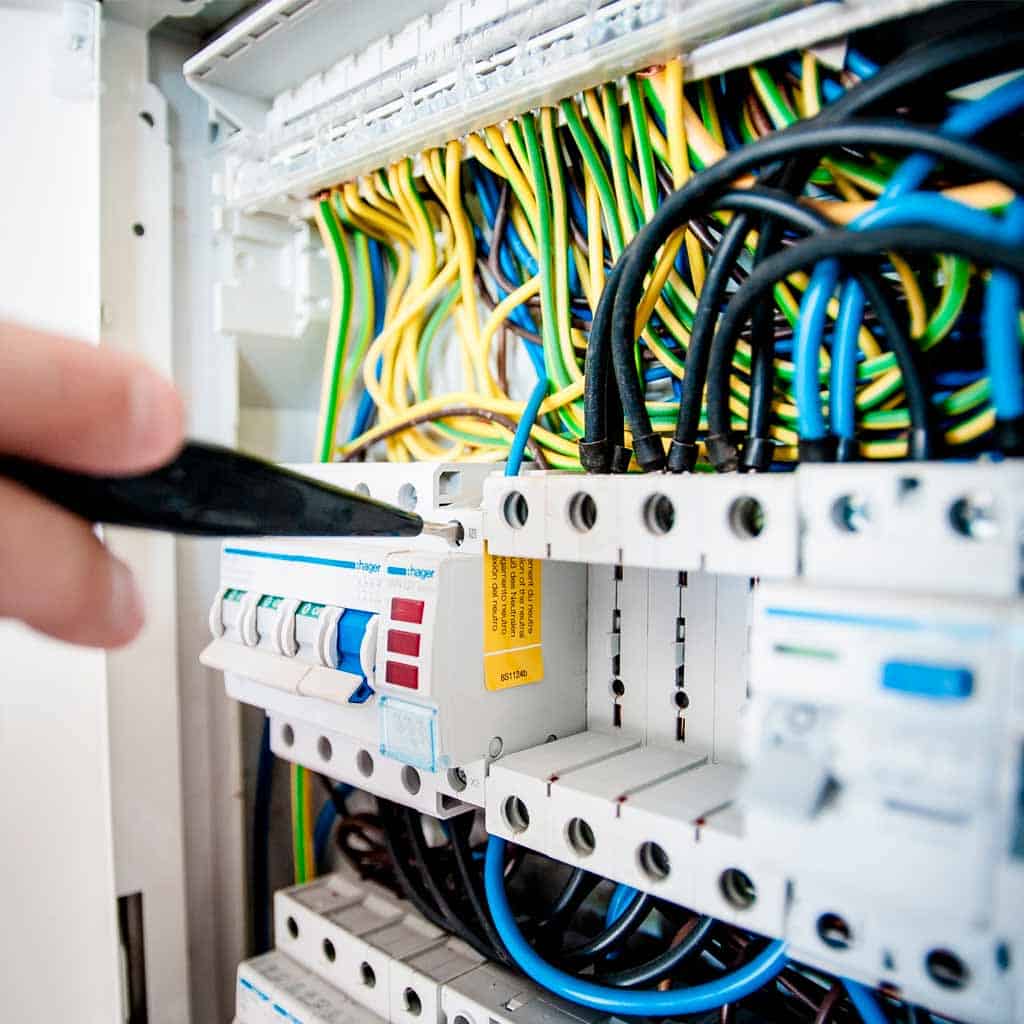
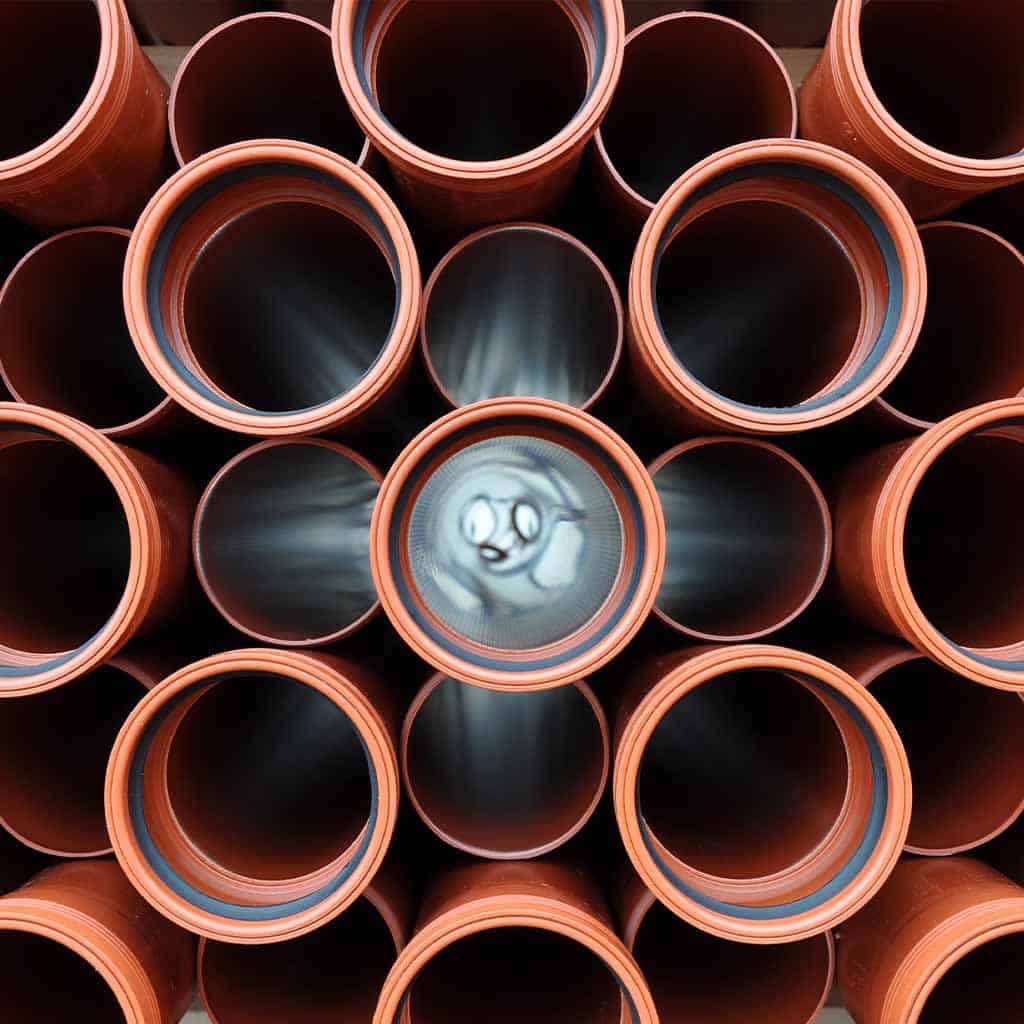
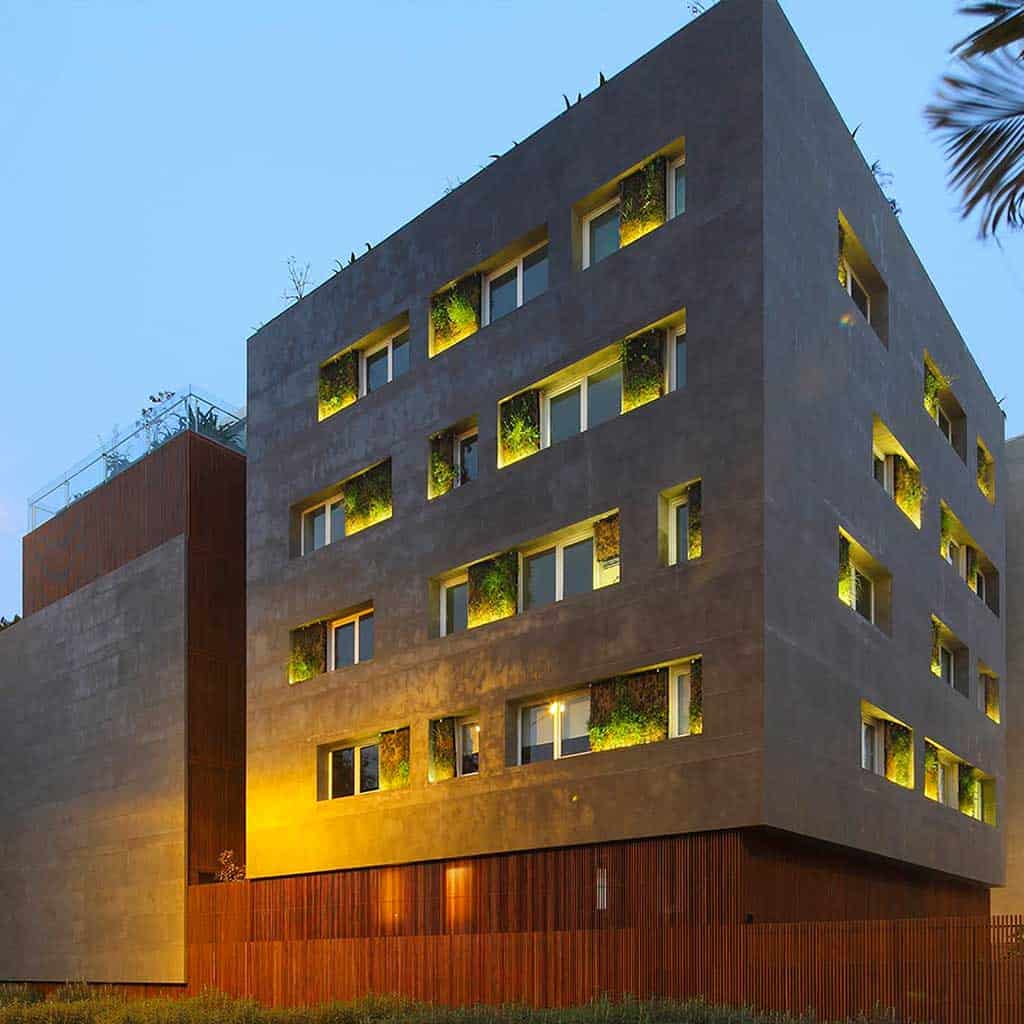

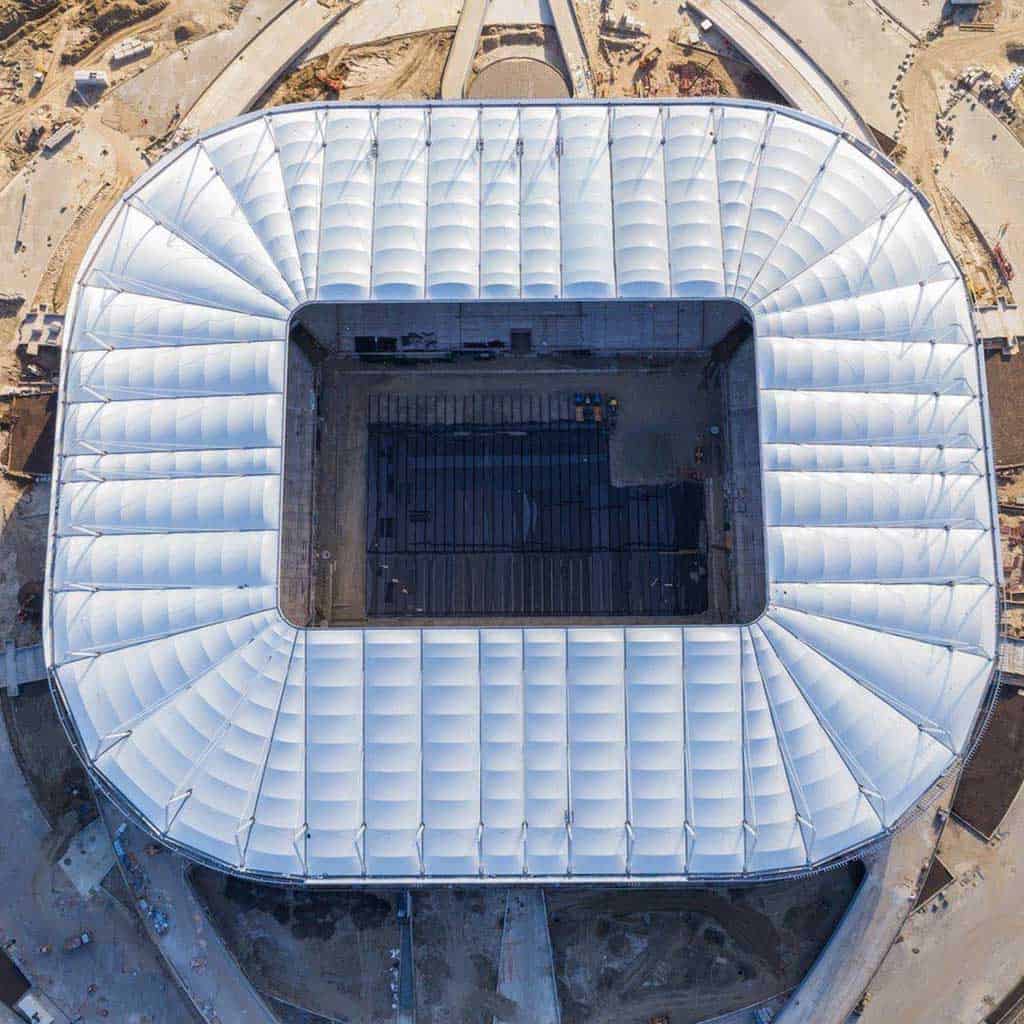
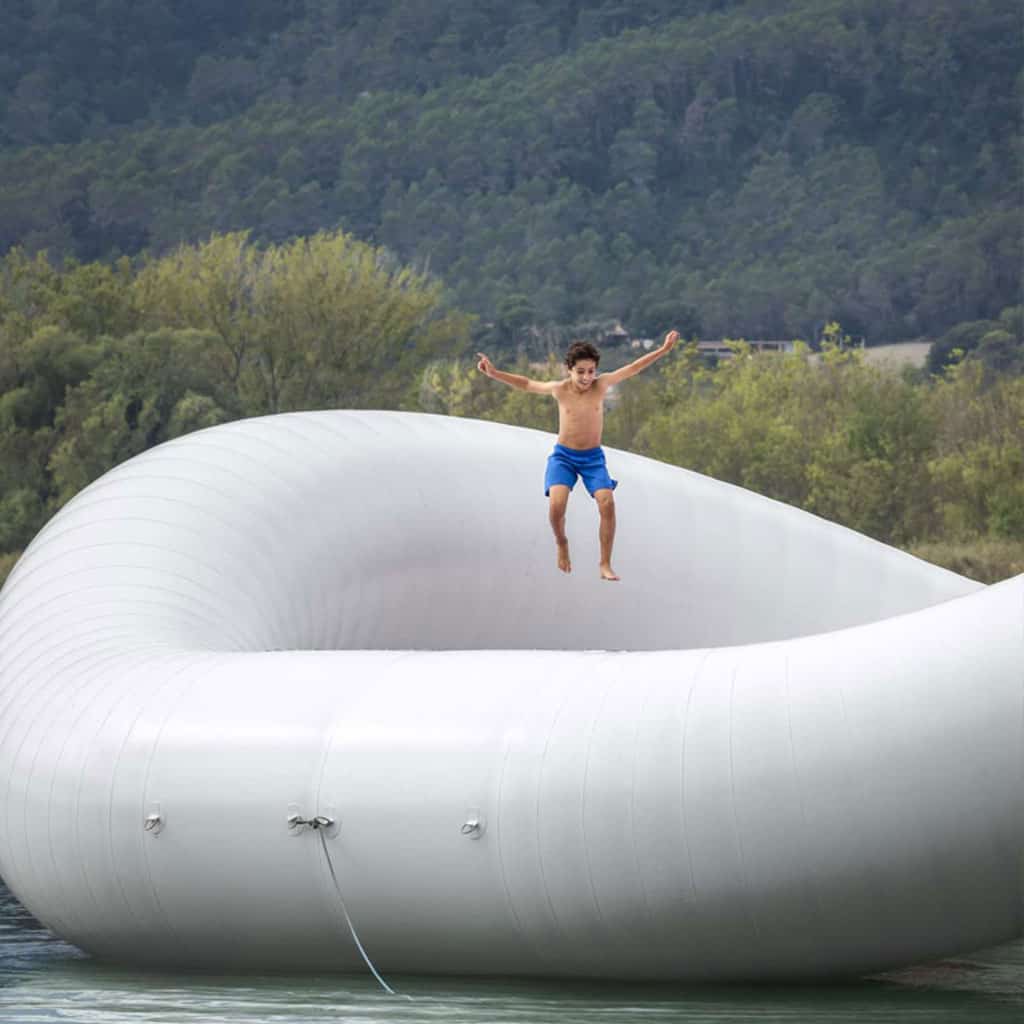
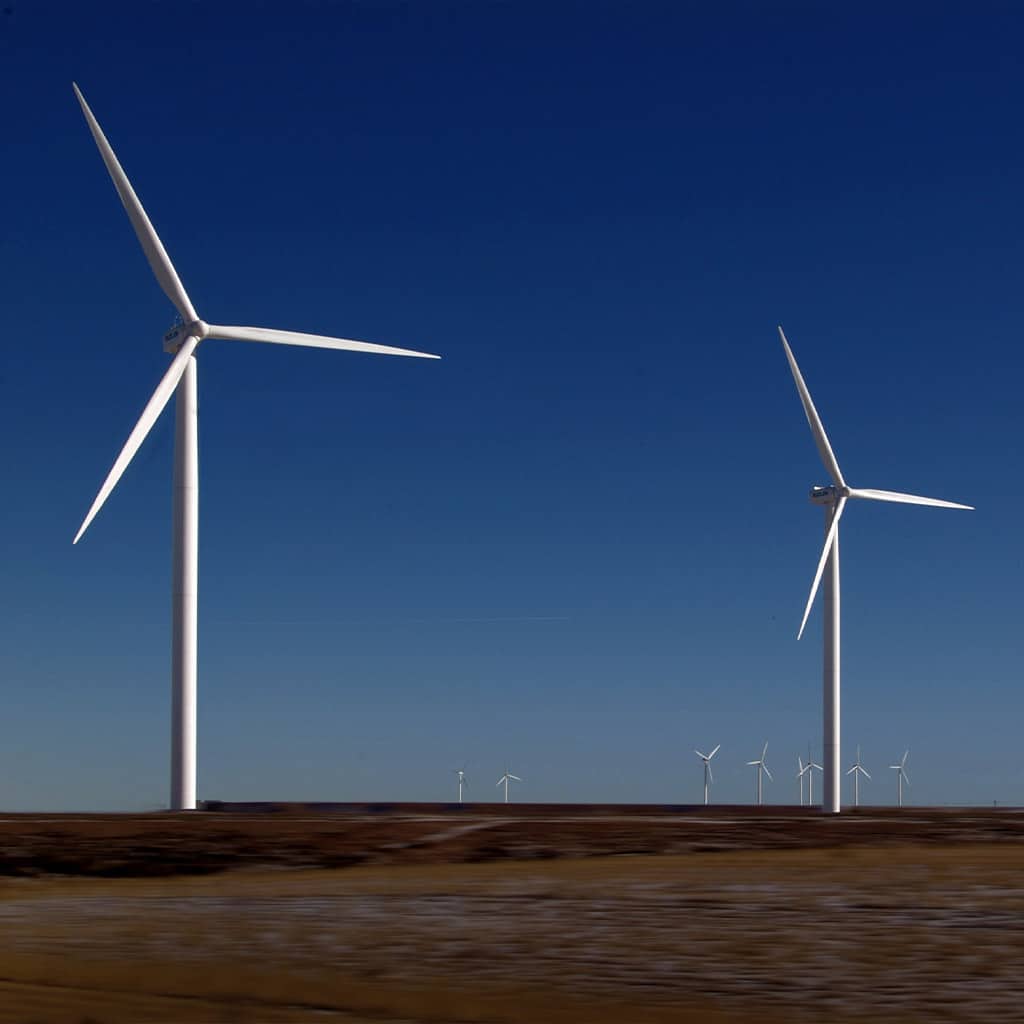
Why use PVC?
Simply because PVC products make life safer, bring comfort and joy, and help conserve natural resources and combat climate change. And, due to an excellent cost-performance ratio, PVC allows people of all income levels access to its products.
How does PVC contribute to a safer world?
There are many reasons why PVC and safety are linked. Due to unsurpassed technical properties, PVC is the most used material for life-saving anddisposable medical devices. For instance, PVC medical tubing does not kink or break, and is easy to sterilise. Because of PVC’s fire resistance, wire and cables sheathed with PVC prevent potentially fatal electrical accidents. Furthermore, PVC is a strong material. Used in car components, PVC helps to reduce the risk of injuries in case of accidents.
How does PVC contribute to a safer world?
There are many reasons why PVC and safety are linked. Due to unsurpassed technical properties, PVC is the most used material for life-saving anddisposable medical devices. For instance, PVC medical tubing does not kink or break, and is easy to sterilise. Because of PVC’s fire resistance, wire and cables sheathed with PVC prevent potentially fatal electrical accidents. Furthermore, PVC is a strong material. Used in car components, PVC helps to reduce the risk of injuries in case of accidents.
How does PVC help to conserve natural resources and combat climate change?
PVC is intrinsically a low-carbon material which consumes less primary energy than many other materials, and importantly, it is easy to recycle.
The majority of PVC products are also very long lasting and require minimum maintenance and repair. For instance, the service life of PVC water and sewage piping is more than 100 years. And, modern cars last many years because PVC protects their underside from water and corrosion.
What about aesthetics?
Outstanding functional and environmental performance are by no means all that PVC has to offer. Artists have used PVC extensively for decades, as it plays a distinguished role in beauty and aesthetics. In fashion, furniture and all types of indoor and outdoor accessories, PVC opens up functional and design opportunities that are both visually striking and fundamentally practical. In short, PVC enables us to live better, richer and, perhaps, even more beautiful lives.

